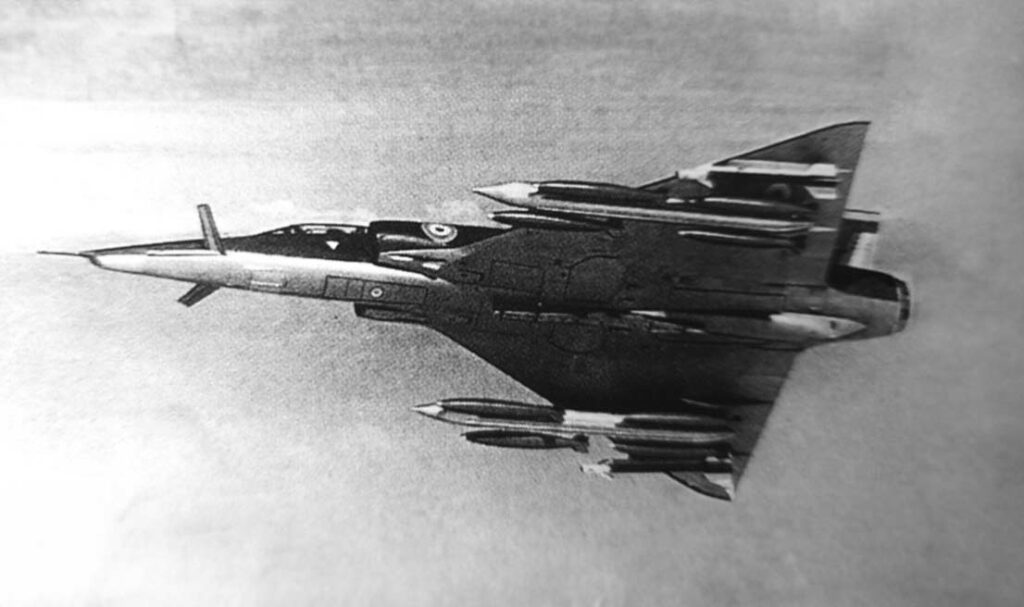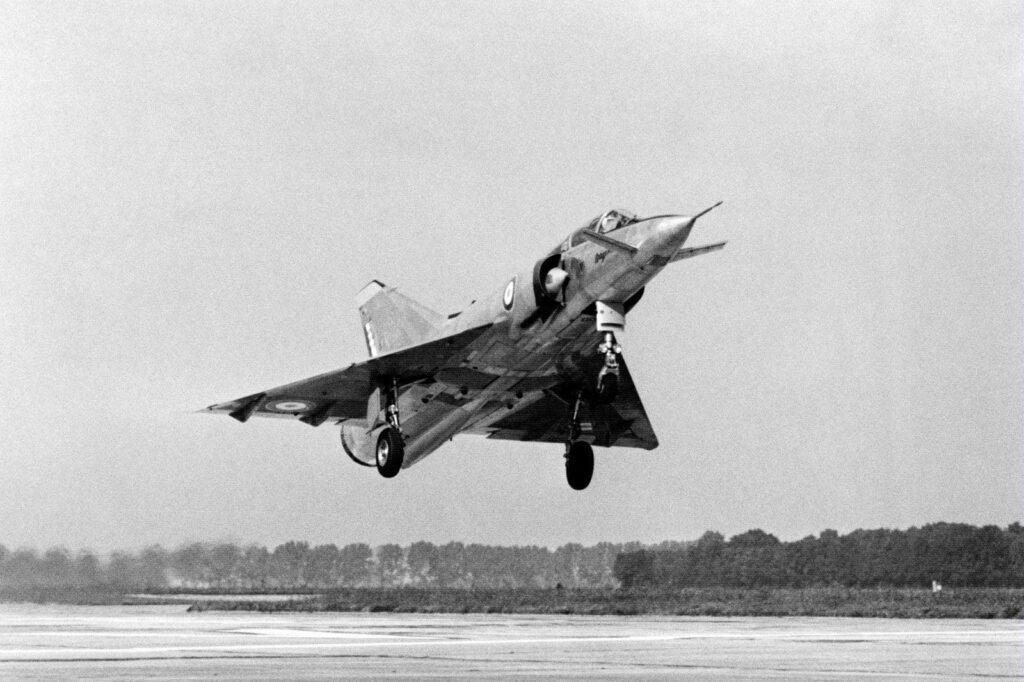The Dassault Mirage Milan (“Kite”) is an experimental variant of the Mirage III designed with variable geometry wings.
The Dassault Mirage Milan was an experimental aircraft, an adaptation of the Mirage III, featuring variable-geometry wings aimed at enhancing performance across a range of speeds.
In brief
The development of the Dassault Mirage Milan was a product of its time, reflecting the technological ambitions and military necessities of the Cold War era. The project emerged from the need for versatile, high-performance aircraft capable of adapting to the rapidly evolving demands of aerial combat and reconnaissance missions.

History of the Development
The late 1960s and early 1970s were periods of intense innovation in military aviation, with countries racing to develop aircraft that could secure air superiority. France, not wanting to lag behind, initiated several projects through its renowned aviation manufacturer, Dassault Aviation. Among these was the Mirage Milan, a bold experiment to investigate the benefits of variable-geometry wings.
The project was launched by Dassault Aviation in the late 1960s as part of a broader exploration of advanced aeronautical design techniques. The Mirage Milan first took to the skies in 1971, representing a significant departure from conventional fixed-wing designs prevalent at the time.
The aircraft did not receive a NATO nickname, as it remained an experimental prototype, not entering mass production or service within NATO forces.
Design of the Dassault Mirage Milan
The Mirage Milan’s most distinguishing feature was its variable-geometry wings, which could change angle in flight to optimize performance across different speeds and altitudes. This design allowed for a blend of high-speed interception capabilities and low-speed handling, potentially offering a versatile platform for various military applications.
The aircraft was built upon the proven frame of the Mirage III but included significant modifications to accommodate the new wing mechanism. It maintained the single-engine layout typical of Mirage designs, incorporating a SNECMA Atar turbojet engine, which provided reliable power but required adaptations to work with the variable-geometry system.
Despite its innovative design, the Milan faced several challenges. The complexity of the variable-geometry wings increased weight and maintenance requirements, limiting the practical benefits of the system. Moreover, the technology was still in its infancy, leading to operational limitations that prevented the aircraft from fully realizing its potential.
Performance of the Dassault Mirage Milan
The Mirage Milan was designed to test the boundaries of speed, agility, and versatility. Its variable-geometry wings allowed for a notable range of performance enhancements, including improved takeoff capabilities, higher top speeds, and more efficient cruising.
Equipped with the SNECMA Atar 9C turbojet engine, the Milan could achieve speeds of up to Mach 2.2, with a range extending to 1,200 miles. Its operational ceiling reached approximately 60,000 feet, showcasing the aircraft’s ability to operate at the edges of the stratosphere.
When compared to contemporaries such as the American F-14 Tomcat, also featuring variable-geometry wings, the Milan was a testament to the potential of such designs in enhancing aircraft performance. However, it remained an experimental platform, with its capabilities more limited in scope and application than its fully developed counterparts.
Variants of the Dassault Mirage Milan
The Mirage Milan remained a singular experimental entity, without spawning direct variants. However, the data and experiences gained from its flights contributed to subsequent Dassault projects, influencing the design and development of later aircraft.

Military Use and Combat
The Mirage Milan did not see combat or widespread military use, remaining an experimental platform used to gather data on variable-geometry wing technology. Its primary role was to serve as a testbed for concepts that might be applied to future aircraft designs.
Despite its limited operational history, the Mirage Milan played a crucial role in advancing the understanding of variable-geometry wing benefits and challenges. While it did not directly participate in conflicts or become part of any country’s standing forces, the lessons learned from its development and testing phase informed future designs and strategies within Dassault Aviation and beyond.
The Dassault Mirage Milan project, while not culminating in a mass-produced aircraft, significantly contributed to the body of knowledge surrounding variable-geometry wings.
Back to the experimental aircraft section.